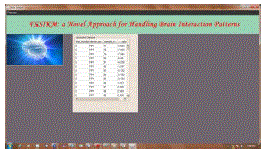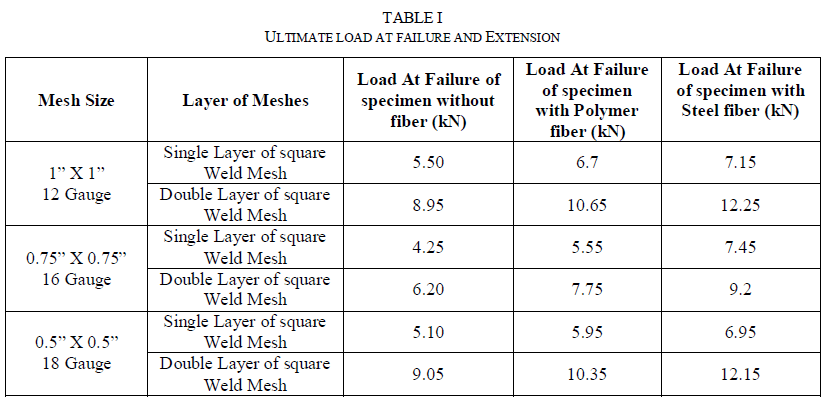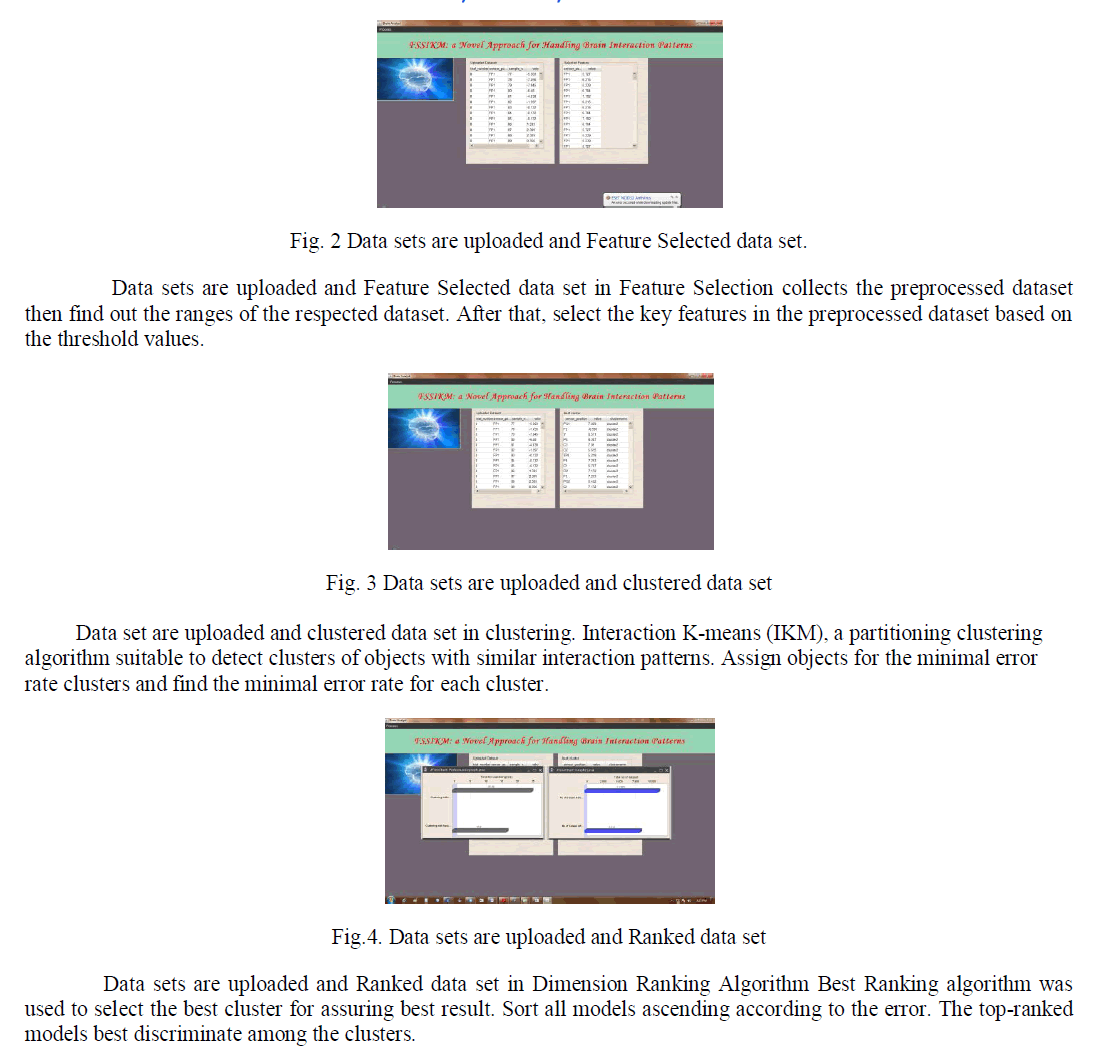ISSN ONLINE(2319-8753)PRINT(2347-6710)
ISSN ONLINE(2319-8753)PRINT(2347-6710)
Sayyed Shoaib1 Swayambhu Bhalsing2, Pankaj Autade3
|
| Related article at Pubmed, Scholar Google |
Visit for more related articles at International Journal of Innovative Research in Science, Engineering and Technology
For achieving higher values of specific surface, No. of Layers of meshes needs to be increased. Many a time, it becomes difficult to force mortar in this layer. The fine diameter wires, with smaller openings pose more problems. This is over come by using different types of fibers to improve the specific surface of the reinforcement. As the fiber take care of cracking of mortar, bigger diameter wire meshes with larger opening can be used & which simplify the penetration of mortar in the meshes. This results in a high strength material for which flexural properties can be designed and predicted with much accuracy. It also offers higher energy absorption capacity and impact resistance to ferrocrete. Behavior of such Hybrid Ferro Fiber Reinforced Concrete is studied in this paper which includes tensile test.
Keywords |
| Fiber, Ferrocement, Fiberous Ferrocrete, Polypropylene. |
INTRODUCTION |
| Ferrocement is a term used to describe the form of reinforced concrete that differs from conventional reinforced or prestressed concrete primarily by the manner in which the reinforcing elements are dispersed and arranged. The arrangement of reinforcement is such that a composite material is formed which exhibits behavior sufficiently different from conventional reinforced concrete in strength. Due to these applications it is classified as a separate and distinct material. Fibers influence the mechanical properties of concrete or mortar in all modes of failure, especially those that induce tensile stress. The strengthening mechanism of fibers involves transfer of stress from matrix to the fiber by interfacial shear or by interlock between the fibers and the matrix. Addition of steel fibers in concrete mix significantly improved the cracking behavior and ultimate strength. Addition of steel fibers in concrete resulted in an increase in stiffness. In addition to increase in flexural strength, a considerable increase in toughness is also increased by the fibers. The fiber reinforced concrete is also gaining more importance these days especially in the earthquake resistant structures, where ductility plays an important role. |
II. EXPERIMENTAL INVESTIGATION |
A) MATERIALS:- |
| a) Cement: There are several types of cement available commercially of which ordinary Portland Type 1 cement conforming to the specifications laid down by IS 269-1976 is used. |
| b) Aggregates to be used for the production of high quality mortar for Ferrocement structures must be strong, impermeable and capable of producing a sufficient workable mix with a minimum. Water/cement ratio to achieve proper penetration of mesh. Aggregates normally used are natural sand, it should confirm to the specifications laid down in IS 383-1970 and passing through IS Sieve 2.36 mm. |
| c) The quality of mixing water for the mixing of mortar has vital importance on the resulting hardened ferrocement. The water should be free from impurities which may affect the rate of hardening, or the strength & durability of mortar. The fresh drinking water should be used in the mortar. |
| d) Fiber: Fiber has been produced from steel, plastic, glass and natural materials in various shapes and sizes. A conventional numerical parameter describing a fiber is its aspect ratio, defined as the fiber length divided by an equivalent fiber diameter. Typical aspect ratio range from about 30 to 150 for length dimensions of 0.25 to 3 inch. In this investigation we had used polypropylene and steel undulated fibers. |
| e) One of the essential components of ferrocement is the wire mesh. Different wire meshes are available almost everywhere. The function of wire mesh in the first instance is to act as a lath providing the form and to support the mortar in its green state. In hardened state its function is to absorb the tensile stresses on the structure which mortar, on its own, would not be able to withstand. |
| The cube and cylinder compressive strength, which were tested at 28 days showed 34 N/mm2 and 31 N/mm2 respectively, and split tensile strength of 4.7 N/mm2. |
B) CASTING OF TEST SPECIMENS:- |
| The specimens of size 925 mm X 65 mm X 35 mm (thickness) were cast for conducting the tensile test. Steel mould with open top was fabricated for casting the above specimens, and placed on a levelled surface to avoid the undulations and to get a smooth surface of beam. The contact surfaces of the mould were oiled before casting for easy removal of specimens. The cement mortar mixed with 1% fiber was properly mixed in a dry pan of required proportion and with required amount of water. For 35mm thick beam with 1 layer of mesh cement mortar is laid for half of the thickness after that mesh was placed over the finished and compacted with mortar, and balance half layer is laid with good compaction, and top surface finished. Similar process of laying for 2 layer mesh was done. The specimens were de moulded after 24 hours and been transferred to the curing where they allowed to cure for 28 days. After curing, specimens were removed from tank, surface dried and taken for the testing. |
C) TESTING OF SPECIMENS FOR TENSION :- |
| All the specimens were tested on computerised Universal Testing Machine. In order to test the specimen, tensile test setup was prepared. Gauge lengths were marked on the each specimen and for proper arrangement rubber grip were used. |
| Loading was applied gradually through a hydraulic system and mid span displacements were recorded. The loading was continued till the failure of specimen occurred. The initial and final crack width is recorded. The behaviour of other combination has been studied for tensile strength and ultimate load at failure, and reported in Table I |
 |
| Total of 54 specimens were tested in this investigation on UTM (averaging three test specimens per category of Size 1, 2 and 3, layer 1 and 2 with and without fiber) and the results of experimental tests carried out are analysed. |
A. Tensile Loads |
| The tensile strength of ferrocement is related to the volume of reinforcement used in the structure. Apart from the volume of reinforcement, its direction of loading and direction of tensile stress is also important. A ferrocement member subjected to tensile stress as mentioned will behaves like an elastic material until the first crack occurs. Further to this the specimen goes into multiple crack stage and gradually continuing to a point where the mesh starts to experience yielding. Once at this stage the number of cracks will continue to grow with the increase in the tensile force or stress. The specific surface area of the ferrocement member or element has been found to influence the first crack in tension, as well as the width of the cracks. The maximum stress at first crack for ferrocement matrix increases in proportion to the specific area of the element. |
| In case of hybrid ferro fiber reinforced concrete initially material behaves as somewhat like ductile material after that specimen goes into crack stage but cracks are not that much visible as in case of specimen without fiber, crack are arrested by the use of fiber. We can see this difference between steel fiber and polypropylene fiber also. Polypropylene fiber specimen is good in arresting the crack than the steel fiber. |
 |
| From the Table I it can be seen that load carrying capacity of ferrocement composite is depends upon the specific surface and also amount of reinforcement used in it when mesh layers were increased from 1 to 2, we found increment in load carrying capacity by 62.73% for steel square welded mesh of 12 gauge having specific surface of 64.32 mm2/mm3 and with the use of steel fiber it is increased by 36.87%, with use of polypropylene fiber it is increased by 19 % . For next specimen, 0.75” X 0.75” 16 gauge mesh specific surface has decreased by 19.6% so there is decrement in load carrying capacity by 29.4 %,for polypropylene fiber it is increased by 25% when compare with specimen without fiber and for steel fiber it is increased by 48.38%. Also similar results were found out for the third type of mesh. |
 |
IV CONCLUSION |
| The following conclusions are drawn from the above study: |
| 1. The load taken by the ferrocement is depends upon the number of reinforcing mesh layers used in ferrocement. |
| 2. Addition of fiber also improves ductility of ferrocement. As the small matrix of fiber make the good bond with reinforcing mesh and with mortar matrix which then responsible for the improvement in Ductility and tensile strength. |
| 3. It is observed that specimen with steel fiber taking more tensile load than the specimen with the polypropylene fiber, but in crack control for the polypropylene fiber reinforced specimen is good then steel fiber and specimens without fiber |
| 4. Percentage of fiber also plays important role in crack control and strength development. |
| 5. This study suggests that in order to check the load carrying capacity and ductility, as well as to check the crack width of ferrocement, discontinuous fiber such as geo fiber or natural fiber may be use as additional reinforcement; and this can be experimented for tensile behavior or any other Mechanical property in the future. Also different combination of mortar, meshes and layer thickness can be tested and compared with this study. |
ACKNOWLEDGMENT |
| The authors, Sayyed Shoaib and Swayambhu Bhalsing like to thank our project guide Asst. Prof.Pankaj Autade for their constant encouragement, help and support. We are thanking Dr. B.N. Divekar, President of Ferrocement Society, for providing valuable guidance. Also we are thanking to Mr. Alok Telang of Dolphin Floats Pvt.Ltd. For their valuable guidance which is helpful for use of fibers in our study. All Management and Staff of Dr.PDVVP COE Ahmednagar for providing facilities for conducting the experimental investigation in institute. |
References |
|